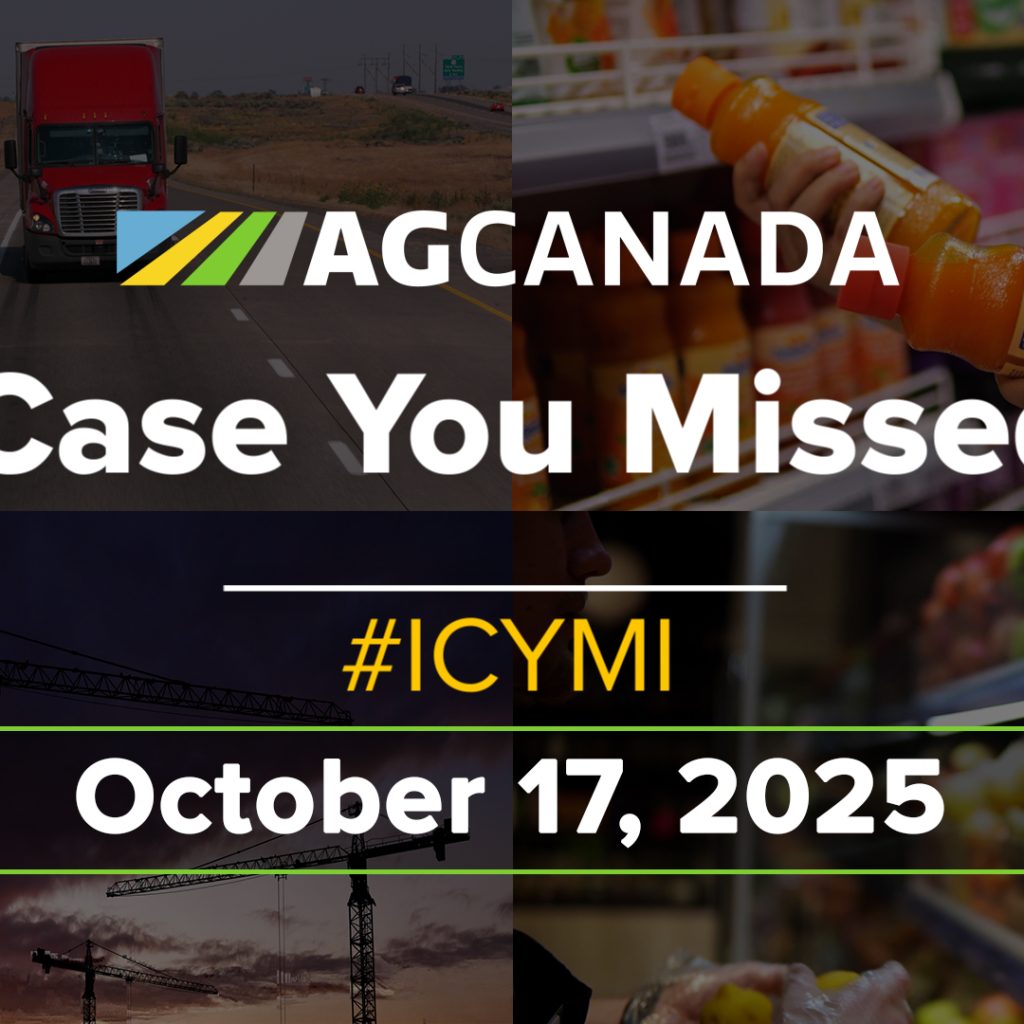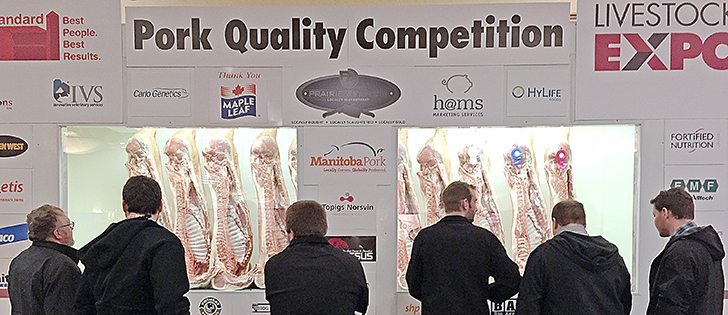account_id=”2206156280001″ player_id=”HJ11Iy7v”]
That’s why it’s been painful for me to witness, up close and often, the struggles, pain and suffering of so many Western Canadian hog farmers, people who are our readers and for whom we provide a lot of coverage. Those troubles became extreme in the mid-2000s, as Canada’s soaring currency, soaring grain prices and U.S. trade harassment conflated to create an epic profit squeeze that drove hundreds of serious producers out of the business. Shocks like the 2008-09 financial meltdown and H1N1 didn’t help.
So that’s why it’s been so pleasant for me to go to recent hog industry conferences, shows and conventions and find such an optimistic mood. Instead of woe, pessimism and problems that could seem insurmountable dominating the mood and discussions, cheerfulness and confidence has broken out.
Here, in this video, is my take on how I witnessed that phenomenon at the Prairie Livestock Expo in Winnipeg in early December.
Many good farmers were knocked out of the business before profitability returned, so this resurgence of good times must be a bittersweet experience for them. And the ones who have survived are scarred and traumatized by the travails they coped with for many years just to keep farming. They are veterans of an economic war and they saw some pretty ugly realities.
That’s why I think grain growers should talk to their hog farming neighbours, friends and relatives about the experiences they endured in the bad days. Crop profitability has collapsed and losses might begin appearing in the next couple of years. I think crop growers could gain a lot by talking to hog farmers about the lessons they learned, the experiences they had, the advice they would give about how to manage and survive an extended period of losses. I have a column on this topic in our January 8 issue, so be sure to look out for that.
Read Also

AgCanadaTV: Your Agriculture News Recap for Oct. 17, 2025
https://youtu.be/GevFlt7b2-U U.S. bill could keep out Canadian truck drivers A bill tabled in the U.S. house of representatives this month would keep…
But here, in this space today, I’d mostly like to focus on the optimism that has returned to the Western Canadian hog industry, salute the farmers who have survived to live in this better tomorrow, and give thanks that they’re still around to buy crops from grain growers, supply pigs to packing plants, provide meat to food processors, and give we Canadians an industry about which we can feel true pride.















